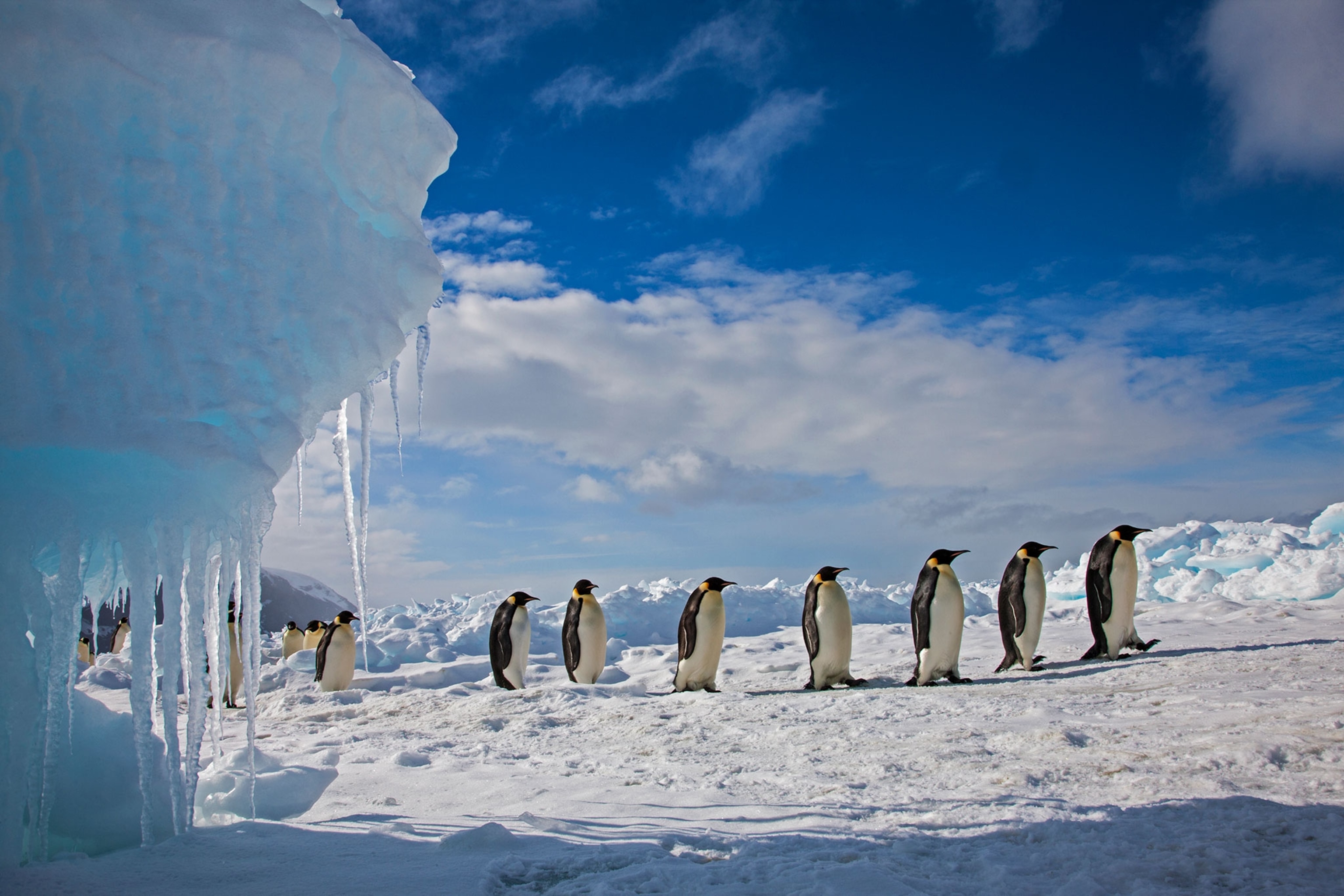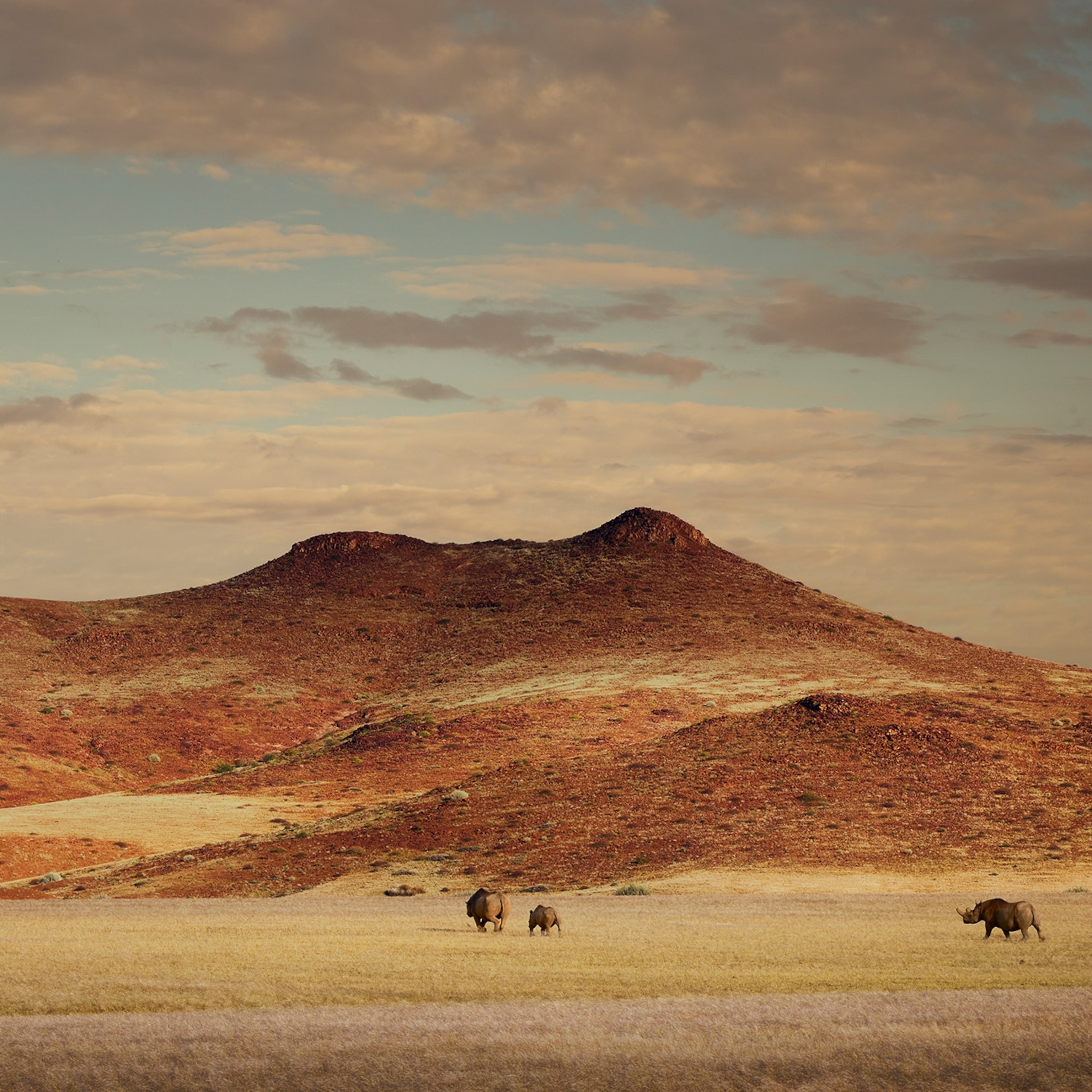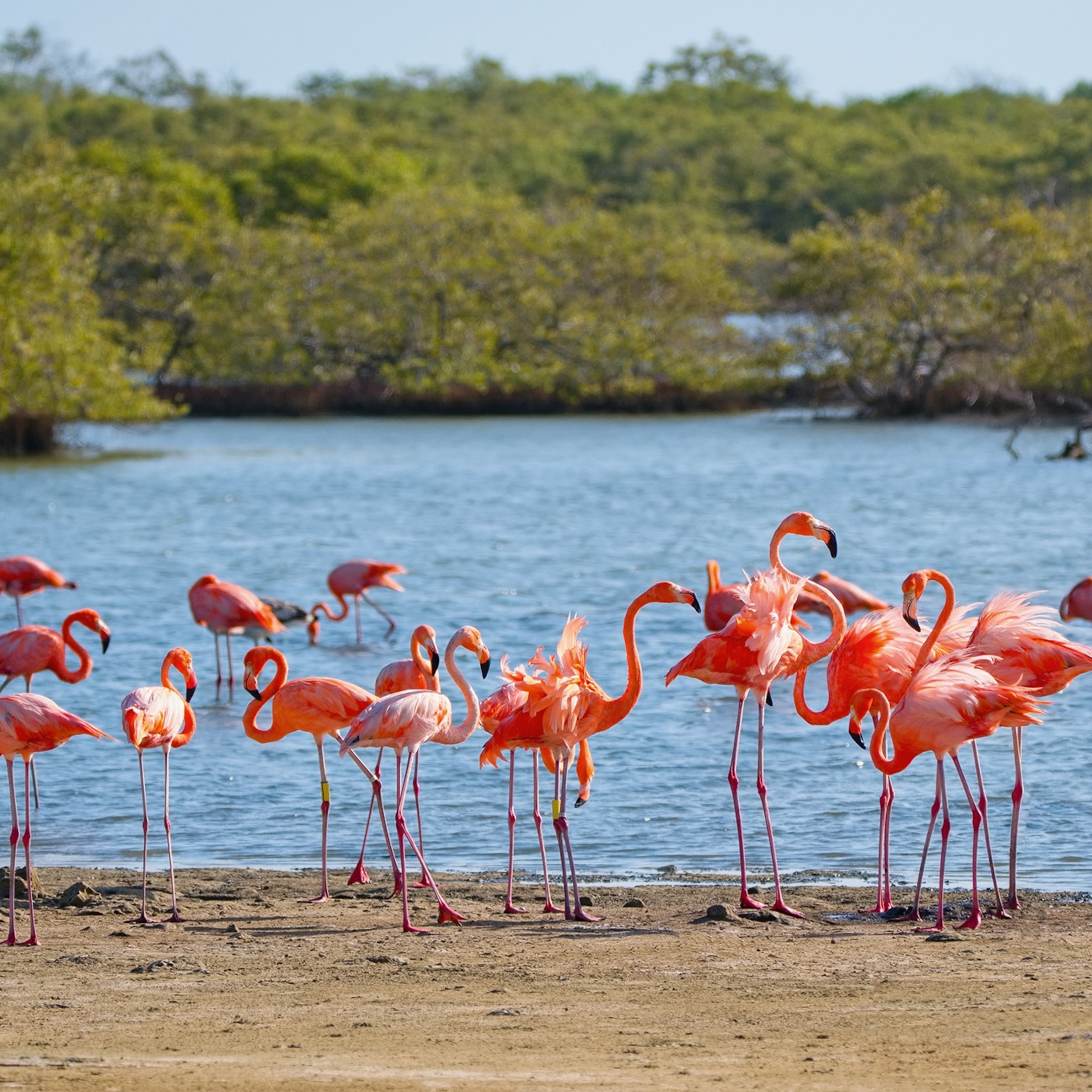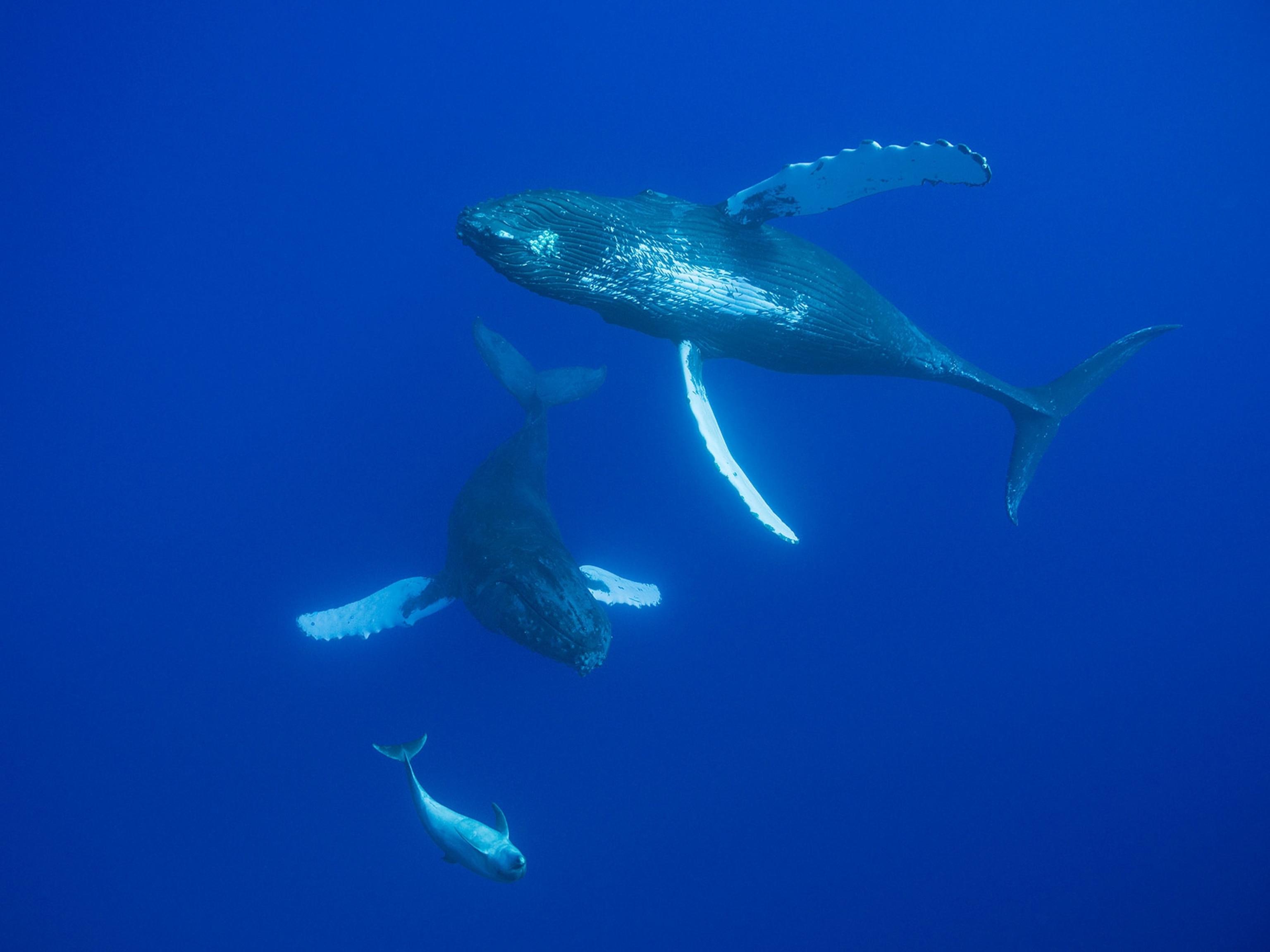What You Think You Know About Animals? Probably Not True
Unfaithful penguins, blood-red hippos, and randy pandas: In the wild, animals are not always how we imagine them.
From Aristotle to Disney, humans have interpreted animal behavior as a reflection of our own moral and cultural values, seeing sloths as sinful or penguins as paragons of family values. In her hilarious new book, The Unexpected Truth About Animals, British TV presenter Lucy Cooke upends some of these myths and shows that what actually goes on in the natural world is a far cry from these imaginary projections.
Speaking from New York during her book tour, she explains how evangelical Christians got it wrong about penguins; why sloths don’t fart; and how pandas need more wild habitat, not captive breeding programs, to survive.
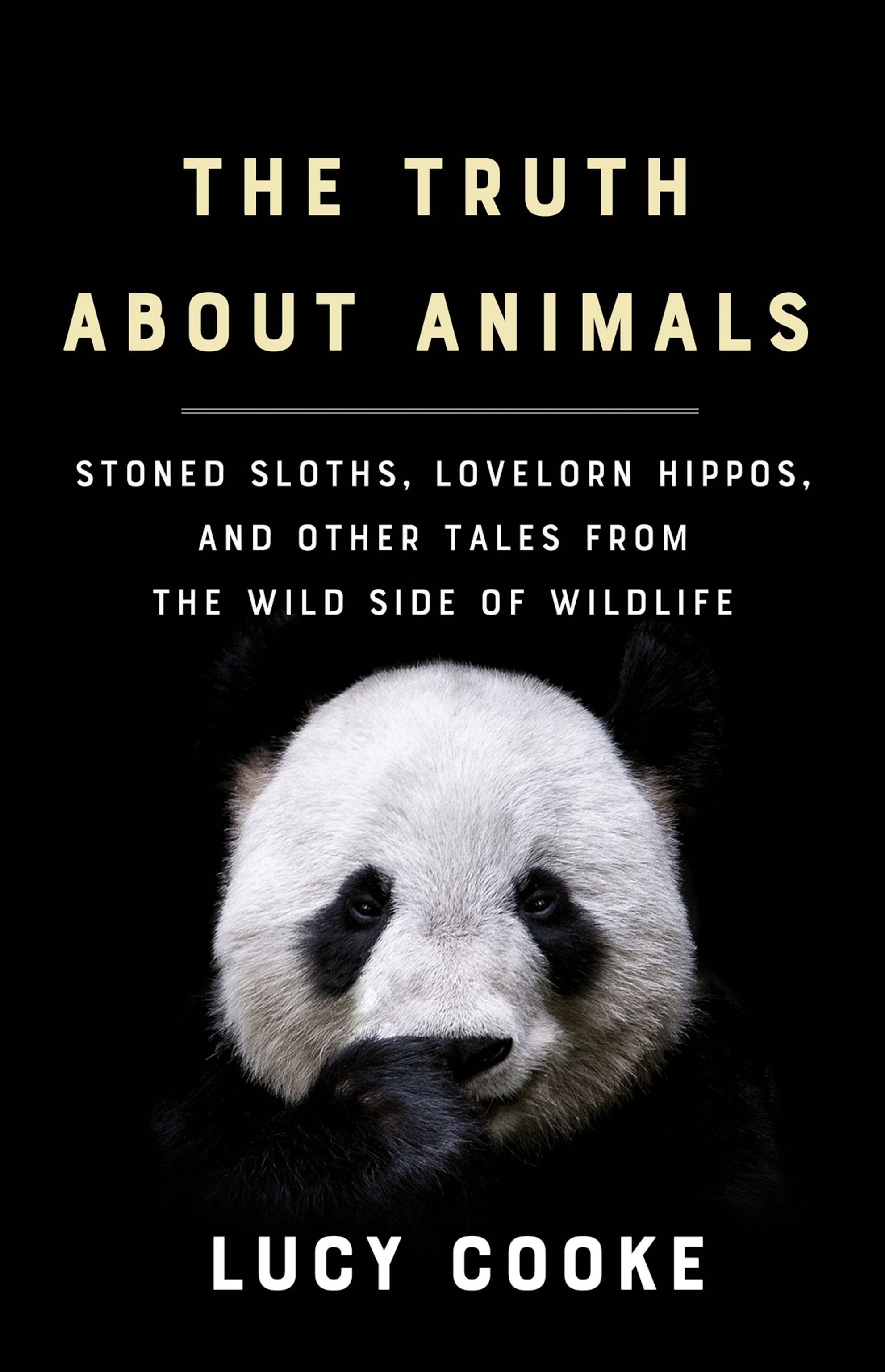
Your book is full of scientific facts, many of which are laugh-out-loud funny—of course, it isn’t just what animals do that is humorous, but what scientists did! Tell us about the father of field biology, William Beebe, and his swimming experiments with sloths.
He’s one of my favorite scientists. William Beebe was the “godfather” of field ecology, and he pioneered proper observation of animals in their natural habitats. He got close to the truth about animals, but his methods were, shall we say, unconventional. He was particularly fascinated by sloths, which had up until that point been given a hard time. The conquistadors described them as the stupidest animals in the world. Since then, the sloth has been horrendously misunderstood and saddled with a name that references sin. Then Beebe came along and observed them in the jungles of South America. He discovered, for instance, that sloths are extremely good at swimming, though he did this by hurling them into a river. [laughs]
Sloths can actually swim three times faster than they can crawl on land. There are two reasons why they’re such good swimmers, which are both freaks of evolution. One is that they have extra neck vertebrae. All animals, giraffes included, have the same number of neck vertebrae, but sloths have two or three extra, actually ribs that have been co-opted. This enables them to keep their heads above water as they’re doing the doggie paddle.
The reason why they’re so buoyant—which shows how evolution will find a use for something peculiar—is that sloths suffer from an enormous amount of gas. Their diet, mostly leaves, is extremely indigestible. They have an enormous gut fauna, bacteria that helps them break down these leaves, and the byproduct is a lot of methane. [laughs] Sloths can’t fart, as we do. Instead, that trapped wind serves as a built-in buoyancy device.
In addition to discovering sloths were good at swimming, Beebe figured out what sound a female sloth needs to make to find a mate. Sloths are incredibly solitary creatures. The only time they come together is to mate. So how do you find a slow-moving boyfriend in the jungles of South America? You climb to the top of a tree and let out an ear-piercing scream! Beebe discovered that the precise note she emits is D Sharp and that no other note will arouse the interest of a male sloth. Wonderful! [laughs]
Explain how scientists and other experts often force traditional societal norms on animals, like heterosexuality, monogamy, or the nuclear family.
Since the time of medieval bestiaries, which were the first encyclopedias about animals, we have had a habit of not just looking for our reflection in the animal kingdom, but imposing moral judgements on animal behavior. This is a highway to nowhere, though, because our Christian, moral values have no bearing on the majority of animals’ lives. We may want animals to be monogamous and live in nice, neat, nuclear families, but they generally don’t.
Penguins have been exposed to this mess. They are incredibly cute—basically a bird that wants to be a fish. In the water, they are incredible predators. But when you put a penguin on land, those legs that work so effectively as a rudder, allowing them to make hairpin turns in the water at high speed, work pretty uselessly. So penguins stumble around helplessly and make us go, “Aw!” because their helpless, staggering movements mimic those of toddlers and trick our brain into releasing hormones that make us want to nurture them.
Evangelical Christians even adopted penguins as role models for families, without realizing some surprising facts about their behavior. Enlighten us?
Partly to blame is the movie March of The Penguins, which proposed that the penguins’ annual trudge across the ice flows is somehow an epic love story. As a result, the Christian right wing adopted the penguin as a paragon of family values. They believed that they were monogamous and great parents. Unfortunately, this is far from true. [laughs]
Penguins are rarely monogamous and emperor penguins are the least monogamous of all the penguin species. Only 15 percent stay faithful from one season to the next. And when monogamy in penguins does occur, it can be a fairly rainbow-colored affair. The Christian right wing was perhaps less pleased to discover that a lot of penguins are in same-sex relationships, which are very common in zoos.
I don’t know how to put this politely, but penguins’ sexual behavior would challenge the most liberal minds. They are animals with tiny brains, pumped full of hormones, with a very short breeding season. They’re programmed to try and copulate with anything that moves and quite a few things that don’t move, like dead penguins, for instance. [laughs]
Another creature thought of as being utterly cute is the panda. But that’s not the whole story, is it?
Similar to penguins, pandas remind us of toddlers, in the way they sit and eat and hold their food, or stumble around helplessly. We have therefore totally infantilized these bears, creating a mythology that they somehow need our help to survive. But the infantilized pandas we see in zoos are nothing like wild pandas.
For instance, there’s this idea that pandas are rubbish at sex and hopeless at reproduction, but this is simply not true. In the wild, pandas are virile, with sperm counts a hundred times higher than humans. They’ve been observed mating up to 40 times in an afternoon. [laughs] But they have a complex way of choosing a mate, which involves scent. If you just plonk a couple of pandas in a zoo together and expect them to get it on, they won’t really do that. They need the panda equivalent of a glass of wine and a bit of Barry White. [laughs]
Because we have this myth that they are hopeless at reproduction, we’ve taken it upon ourselves to micromanage their existence and breed them in captivity, which is a completely pointless exercise. You can create a panda that looks like a panda, but it doesn’t behave like a panda. It doesn’t know how to behave because it hasn’t been taught the vagaries of seduction by its wild mother, or how to fight off aggressive males by its father.
The first male panda bred in captivity and released into the wild was named “Lucky.” But he was anything but lucky because he was savaged to death by wild pandas. I’ve visited breeding farms in China, which are really panda mills. They are touted as this great conservation success story, with photos of bumper crops of pandas created through artificial insemination.
Unfortunately, because pandas are so cute, these images go viral and everybody goes, “Oh, look, isn’t it fantastic! We’re doing so well breeding all these pandas! Science is going to save the biodiversity crisis.” But it isn’t! Pandas need to be breeding in the wild as wild pandas and have their territory protected, so there is enough forest for them to lead out their surprisingly sexy lives.
Tell us about some of the hands-on experiments you did during your research. You actually smeared hippo sweat on your skin, didn’t you?
I did! [laughs] Hippos secrete a clear liquid that turns red—because it reflects light, which gives a clue as to its function as a form of sunscreen. To ancient naturalists, it looked so much like blood that they thought hippos invented the ancient art of bloodletting. The first time I saw a hippo close up and saw this red liquid, I have to admit I thought it was bleeding too. But I knew that it was sunscreen, so I scooped some of the red goo off the hippo’s forehead and rubbed it on my skin. My hands are so sun-worn that I wasn’t able to attest to its SPF properties but my left hand, which had the hippo sweat on it, was much silkier, so I do know that it’s a fantastic moisturizer! The woman who ran the sanctuary told me that she always used it as lip salve.
I was intrigued by the fact that chimpanzee cultures are as varied as human. Tell us about Cat Hobaiter’s research in the Budongo Forest of Uganda and the new discoveries around chimp tool use.
Catherine Hobaiter is an amazing scientist at St. Andrews University in Scotland. She studies communication in chimps and is the author of the world’s first chimp dictionary. She spent six years following chimps around the forests of Budongo and decoded 66 different gestures that chimps use to communicate. I’ve been privileged to have many animal adventures in my time, but this is the one that stays with me because it was such an extraordinary experience.
There is something incredibly moving about seeing our closest relatives in the wild. They are like a window into our ancestors’ past. Dr. Hobaiter told me that different chimps have different cultures, so the chimpanzees she studies in Budongo have very different social rules to, say, chimps found in Gombe, where Jane Goodall did field work. For years people took Jane Goodall’s work as standard, but now it seems there’s a huge variation in culture between different populations in different places.
One fascinating recent study showed chimps were amassing piles of stones that they would then hurl at tree trunks. These stone piles are evocative of human sacred spots, so the authors posited that there might be a link. What were the chimps doing? As is often the case, because of the Internet, the story went viral, as if it were a story about how chimps have religion. The poor author in the middle of the storm was, like, “That wasn’t what I said!”
If you talk to primatologists who study chimpanzees, like Catherine Hobaiter, they do think chimpanzees are able to experience awe, which is the root of spirituality, the appreciation of something bigger than we are. Hobaiter has also explained that chimpanzees behave strangely around waterfalls. Jane Goodall has also written about this. During really heavy rainstorms, they perform this peculiar, trance-like dance. Chimpanzees are afraid of water, so this is a unique response to a dramatic, natural event. Both Goodall and Hobaiter feel that the chimpanzees are in awe, which I thought was absolutely fascinating!
Of all the animal stories you tell, which is your favorite?
I love frogs! Always have done. They’re the original explorers, who made the leap from water to land, and they’ve colonized every continent apart from Antarctica using some of the most freaky, sci-fi adaptations!
I spent six months traveling around South America writing a blog as The Amphibian Avenger, investigating the amphibian extinction crisis. Unfortunately, they don’t get the same press as animals with furry faces. But they should do because they are a key part of the food chain. They’re also like canaries in the coal mine because they breathe through their skin and are an indicator of the health of the ecosystem. If there’s something going wrong with the amphibians, there’s probably something wrong with the ecosystem.
This interview was edited for length and clarity.
Simon Worrall curates Book Talk. Follow him on Twitter or at simonworrallauthor.com.
